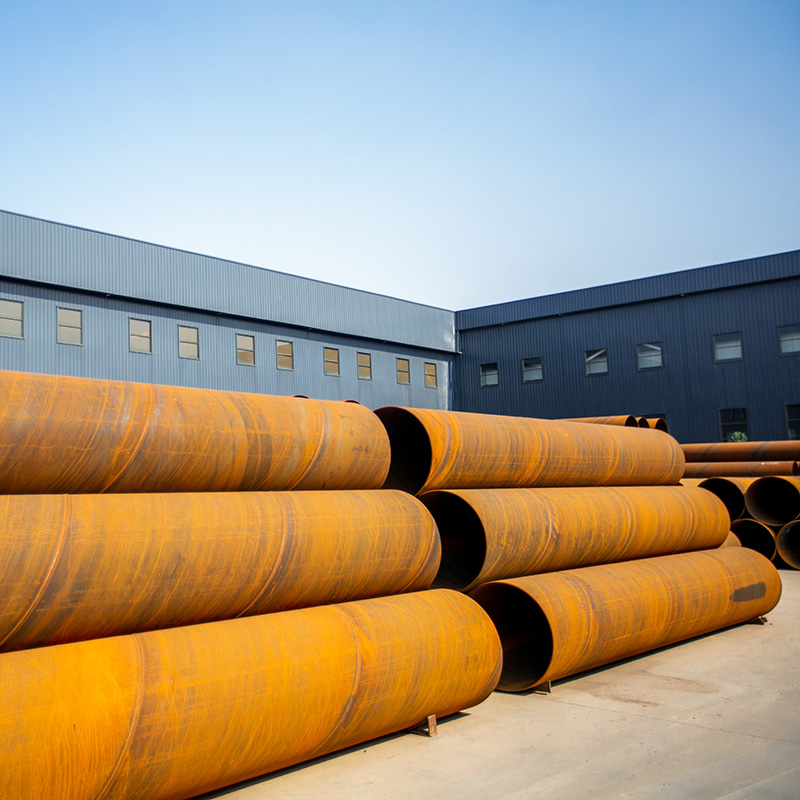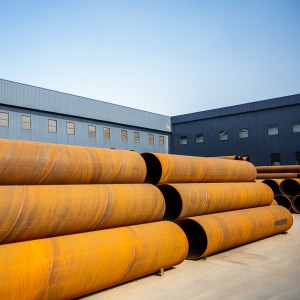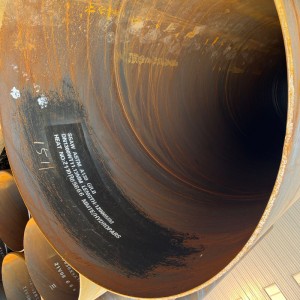Understanding the Importance of Hollow Section Structural Pipes in Oil Pipeline Infrastructure
Spiral seam pipe is a popular choice for oil pipeline construction due to its robust design and high resistance to bending and torsional stress. These pipes are manufactured using a continuous coiling process that creates a smooth and even seam along the length of the pipe. This seamless construction minimizes the risk of leaks and ensures the duct system is reliable and long-lasting. In addition, spiral seam pipe is available in a variety of diameters and thicknesses, making it suitable for a variety of oil pipeline applications.
In addition to spiral seam pipes, welded pipes are also widely used in oil pipe line infrastructure. These pipes are designed for welding and manufactured to strict quality and performance standards. The welding process ensures a strong and safe joint, making these pipes ideal for use in high-pressure and high-temperature oil pipe line systems. In addition, welded pipes are available in a variety of materials, including carbon steel, stainless steel, and alloy steel, and can be customized according to the specific requirements of oil pipe line projects.
One of the main advantages of hollow section structural pipes in oil pipe line construction is their ability to provide structural support and stability to the pipeline system. These pipelines are designed to withstand the weight of the oil and the external forces exerted on the pipeline, ensuring the integrity and longevity of the infrastructure. Additionally, the use of hollow-section structural pipes helps minimize the risk of buckling, deformation and corrosion, which are common challenges faced in oil pipe line construction.

Another important aspect of hollow section structural pipes in oil pipeline infrastructure is their cost-effectiveness and ease of installation. Designed for efficient transport and logistics, these pipes enable quick and easy on-site installation. Their lightweight construction also reduces the need for heavy machinery and equipment during installation, reducing labor and operating costs. In addition, the durability and service life of hollow-section structural pipes can reduce maintenance and repair costs throughout the life of the oil pipeline system.
In short, hollow structural pipes such as spiral seam pipes and welded pipes are important components of oil pipeline infrastructure. Their strength, durability, and ability to provide structural support and stability make them indispensable in building reliable and efficient oil pipeline systems. By understanding the importance of these pipelines, oil pipeline developers and operators can make informed decisions when selecting appropriate materials for their infrastructure projects. Ultimately, the use of hollow-section structural pipes helps improve the safety, reliability and long-term performance of oil pipeline systems.








